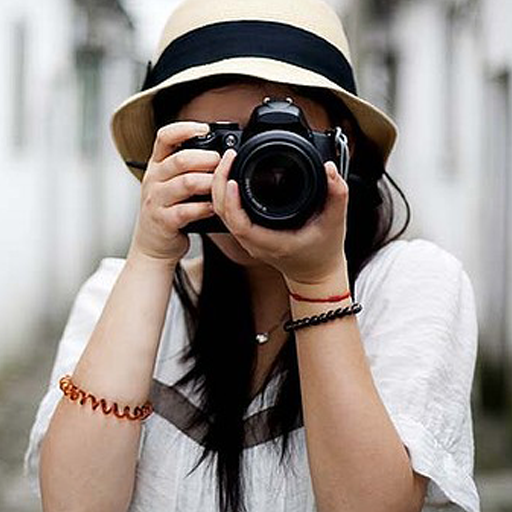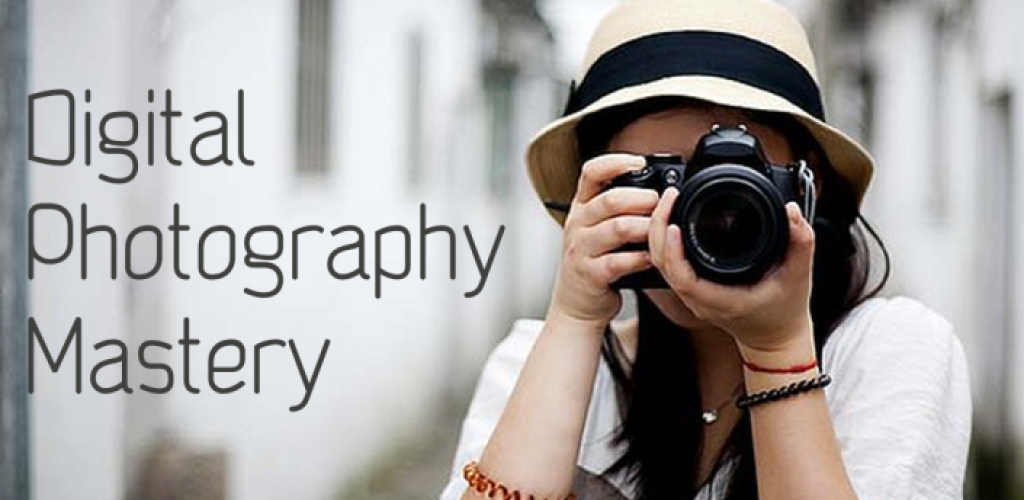Photography: A Journey into the World of Capturing Moments
Photography is not just about taking pictures; it’s an art form that allows us to capture moments, tell stories, and express our creativity. Whether you’re a beginner or a seasoned photographer, understanding the basics and advanced techniques of photography can help you create stunning images. This article will guide you through the essentials of photography, how to get started, and how you can improve your skills over time.
In photography, the goal is to capture a moment in time, freeze it, and make it everlasting. With a camera in hand, you hold the power to tell stories through light, shadow, and composition. Whether you’re snapping photos of landscapes, portraits, or even just everyday life, photography opens a world of creativity that is as unique as the photographer behind the lens.
Table of Contents
- What is Photography?
- How Does Photography Work?
- How to Start with Photography?
- Photography Techniques to Enhance Your Skills
- Conclusion
What is Photography?
Photography is the art of capturing light on a medium, typically through a camera, to create images. It can be done using traditional film or modern digital technology, and it involves both technical and artistic skills. The goal is to use a camera to take a snapshot of a moment, making it immortal. Photography allows individuals to express their creativity, share stories, and preserve memories.
The Role of Photography in Today’s World
- It helps document history and preserve memories.
- Photography plays a huge role in advertising, social media, and entertainment.
- It provides a platform for self-expression and creativity.
- Photos are essential for journalism and storytelling.
How Does Photography Work?
At its core, photography is about capturing light. The light hits the camera’s sensor or film, which records the image. Here’s a simplified look at how it works:
- Camera Setup: The camera consists of several components, such as the lens, aperture, shutter, and sensor. These parts work together to capture light and turn it into a photograph.
- Exposure: The exposure controls how much light hits the sensor. It is determined by three factors: the aperture (how wide the lens opens), the shutter speed (how long the shutter is open), and the ISO (how sensitive the camera is to light).
- Focusing: A sharp photo requires precise focus. The camera adjusts the lens to focus on the subject you want to capture.
- Composition: This is the artistic side of photography. Composition involves framing the shot in a way that is visually appealing. It’s about balancing elements within the photo and using techniques like the rule of thirds.
How to Start with Photography?
Getting started with photography can seem overwhelming at first, but it’s easier than you think. Here’s how you can dive into this creative hobby:
- Get the Right Equipment: You don’t need an expensive camera to start. A smartphone with a good camera can work well for beginners. However, investing in a DSLR or mirrorless camera offers more flexibility and control.
- Learn the Basics: Understand the fundamental aspects of photography, such as aperture, shutter speed, ISO, and white balance. These are the building blocks that every photographer needs to master.
- Practice Regularly: The key to improving your photography skills is practice. Try different lighting conditions, subjects, and compositions to gain experience and find your style.
- Study Other Photographers: Whether it’s through platforms like Pinterest, Instagram, or YouTube, learn from other photographers. This will inspire you and help you see the world through a different lens.
Photography Techniques to Enhance Your Skills
To truly elevate your photography skills, you’ll need to master several key techniques:
- Rule of Thirds: This classic technique divides your photo into nine equal parts, guiding you to place your subject in a way that creates balance and interest.
- Leading Lines: Use natural lines, like roads or fences, to draw the viewer’s eye into the image. This technique helps add depth and direction to your photos.
- Lighting: Light can make or break a photo. Experiment with different light sources, like natural light, studio lighting, or backlighting, to create various effects.
- Depth of Field: A shallow depth of field isolates your subject from the background, making it stand out. A wide depth of field keeps everything in focus, which is great for landscape photography.
Common Photography Styles
- Portrait Photography: Capturing the personality of a person or group.
- Landscape Photography: Photos of natural scenes, such as mountains, beaches, or forests.
- Street Photography: Candid shots that capture everyday life and moments in public spaces.
- Macro Photography: Close-up shots of small subjects like flowers, insects, or objects.
Conclusion
In conclusion, photography is an art that allows you to express your creativity, tell stories, and capture moments. Whether you’re using your smartphone, a high-end camera, or any device in between, the key to becoming a great photographer is practice, understanding the technical aspects, and experimenting with different techniques. From portraiture to landscape photography, there’s a style for everyone, and each moment captured becomes a lasting memory.
So, grab your camera, head out, and start exploring the world through the lens. With a little patience and creativity, you’ll soon be able to take photos that stand out on platforms like Google, Etsy, YouTube, Pinterest, and more. Happy photographing!
Photography has been tested and does not contain any viruses!









